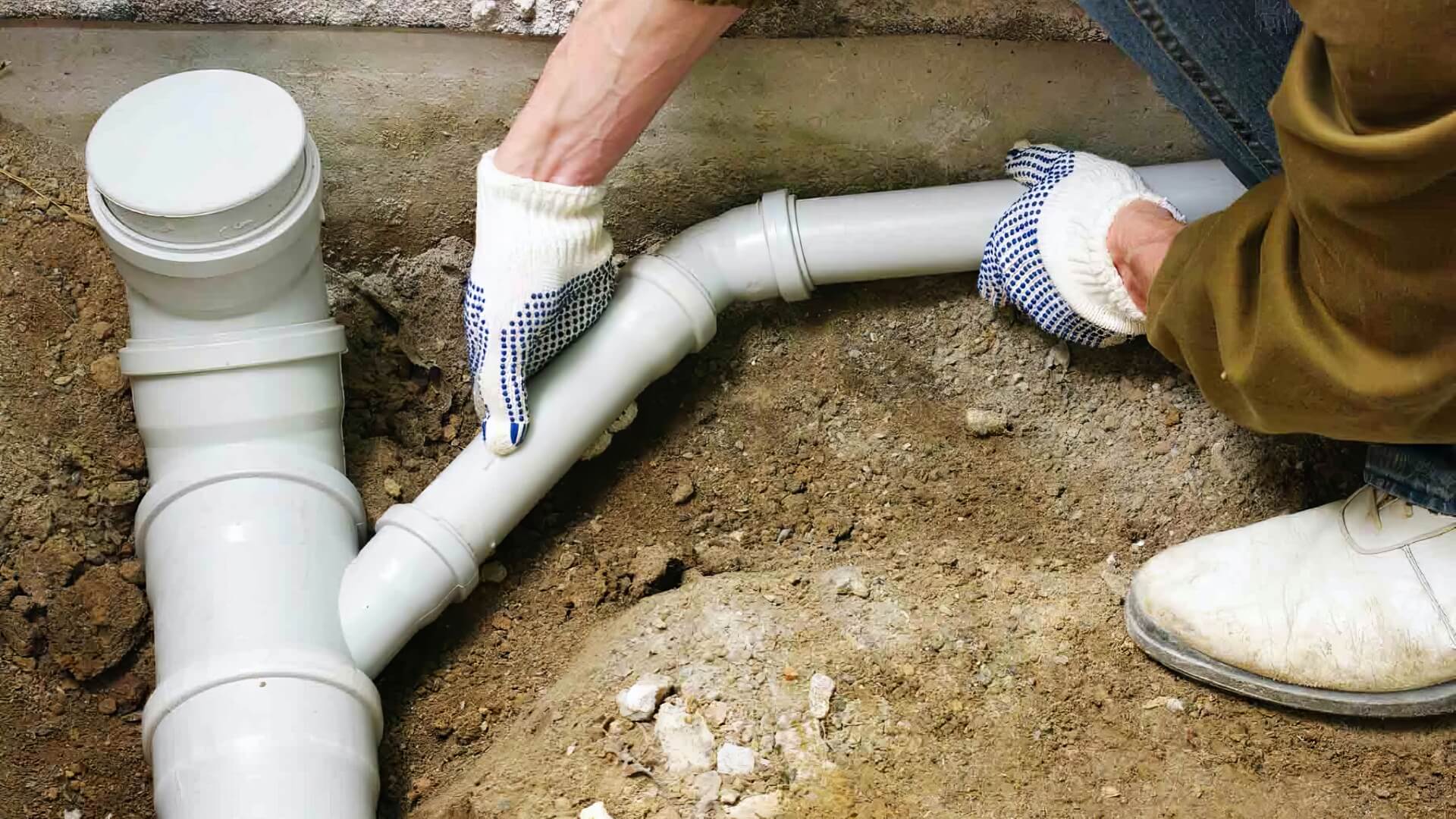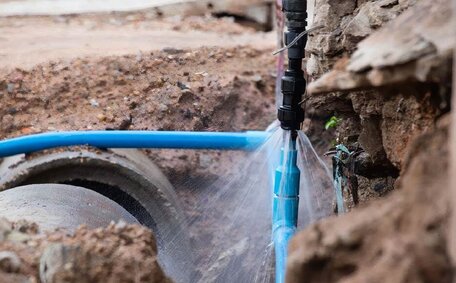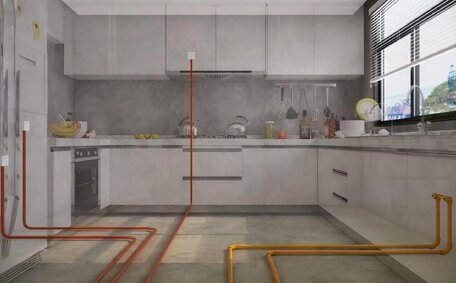Introduction: Understanding toilets
A properly functioning toilet is essential for hassle-free operation and preventing issues like running water. Designed for efficient waste disposal using minimal water, a toilet that suddenly becomes noisy or starts to leak requires immediate attention to prevent more significant problems.
This guide offers detailed instructions for resolving leaks, running water troubles, unusual noises, and water flow problems in toilets. We’ll outline the necessary steps for homeowners to address tankless toilet malfunctions and other related issues. When DIY repairs aren’t feasible, we’ll also explain when to call a professional plumber.
What causes toilets to make noise or leak?
Common toilet malfunctions that lead to leaks and noises include:
- Worn out toilet components: Things like flapper valve units, fill valves, overflow tubes, and refill tubes wear out over time. As they deteriorate, they lose their ability to seal properly or regulate water flow correctly.
- Improper installation might cause leaks or noise, such as a misaligned or cracked wax ring seal between the toilet and the drain pipe resulting in leaks and noise.
- Calcium deposits from hard water can hinder valve function, preventing components like fill valves from properly sealing. This cause solution, often tied to problems with the fill valve, allows water to leak from the tank into bowl.
- Excessive or fluctuating water pressure can damage components, resulting in leaks or loud banging known as water hammer.
- Cracked or damaged tank/bowl: Porcelain cracks due to force, ageing, or temperature changes can lead to significant leaks.
Identifying the source of the toilet leak or noise
Determining the source of a leak or the origin of noise when the toilet is used is essential prior to attempting any fixture repair. Follow these systematic steps to fix leaking toilet issues and diagnose the underlying cause:
- Check for external water leaks: Do a visual inspection of the exterior of the toilet to check for water pooling around the base on the floor. Leaks here indicate a problem such as a faulty valve seal within the leaking toilet cistern.
- Listen for the noise: Flush the toilet and listen closely to pinpoint where my toilet making noise is originating from - the tank, bowl, or base connection. Distinct gurgling or hissing points to issues with specific components.
- Remove the tank lid: Remove the toilet cistern’s cover and set it aside. Inspect the cistern’s components - flapper, fill valve, float cup, and overflow tube. Scan for indications of wear, mineral deposits, fissures, or harm that might lead water into overflow. Sometimes, problems require that you switch out the entire toilet valve assembly to guarantee correct operation.
- Check water levels: When checking your tank’s fill line, make certain that water levels are correctly calibrated, not exceeding, or being higher than 1/2 inch below the overflow tube opening. If when tank water level is too high or too low, adjust the float cup accordingly.
- Assess the flapper: Inspect whether the flapper or float ball is failing to establish an adequate seal or appears damaged, as this warrants repair to maintain proper sealing after a flush. Replace flapper if worn out or misaligned after flush.
- Inspect other components: Check the condition of small but vital parts, particularly your fill valve, refill tube, inlet valve and the water line. Ensure none have cracks causing leaks.
If visible problems aren’t evident, you may be dealing with ghost flushing, internal seal leaks, or water hammer, all of which typically require a professional plumber.
Common noises and what they indicate
Toilets can make a variety of concerning gurgling, hissing or banging noises. Understanding various toilet sounds, especially those following a flush, helps identify underlying issues.
- Gurgling noises: Gurgling immediately after flushing indicates issues within your plumbing with the flush valve or drain line. Continuous gurgling might suggest a partial obstruction in the sewer line, possibly due to tree roots, pipe breaches, or surplus waste accumulation.
- Hissing noises: A hissing or spraying noise indicates leaks around toilet components, which can damage your system, especially evident as noise when use triggers under-pressure water to escape into the bowl.
- Banging noises: Also called "water hammer", loud banging noises after shutting the supply valve often signal worn-out fill valve washers that permit a vibrating sound through the piping and potentially force water into the toilet bowl. Extreme water pressure changes can worsen this issue.
Evaluate potential causes such as worn flappers, improperly adjusted float cups, or defective valves when you hear noises without the bathroom being used or during the flush cycle.
However, strange gurgles or other toilet noises when the toilet flushes, sounding like rushing water, or an adjacent faucet runs water implies your wider plumbing system has flow issues that require professional drain cleaning.
Fixing a leaky toilet flapper
Often, the need to address how fix running toilet problems stems from a leaky toilet flapper, one of the most common causes of noise issues. Switching out a defective flapper is a straightforward DIY remedy for a toilet that keeps running or making noise post-flush.
To replace a leaky flapper, follow these steps:
- Turn off water supply to the toilet by rotating the shutoff valve situated behind the commode.
- Turn water off when the toilet tank needs to be emptied.
- Use a rag or sponge to absorb residual water in the tank base.
- Remove the old flapper chain from the toilet handle arm inside the tank.
- Detach the flapper from the overflow pipe to remove it from the flush valve opening.
- Check that the new replacement flapper fits properly over the flush valve opening and make any sizing adjustments if needed.
- Attach the new flapper chain to the flapper arm, adjusting it to have about 1/2 inch of slack.
- Turn water back on after shutting it off and test flush several times to ensure the flapper creates a tight seal after each flush.
Often, changing a worn flapper is a cost-effective solution that stops continuous water from running into the bowl. If noise or leaks continue despite replacing the flapper, issues with the fill valve or water inlet supply should be investigated.
A properly functioning flapper valve toilet maintains your water retention in the tank between flushes for quiet operation.
Adjusting or replacing a faulty fill valve
The toilet fill valve controls the water systems flow for refilling the tank, an essential part of the flushing toilet mechanism. Wear and tear over time may require you to fix your toilet’s fill valve and address issues like:
- Water level too high or low in tank
- If you encounter a toilet running non-stop
- Noisy tank refilling sounds
- Weak or slow flushing
Before replacing a faulty fill valve, try adjusting it first to fix any water level discrepancies:
- Turn the water supply off at the main valve behind the toilet
- Flush toilet to empty tank completely
- Loosen lock nut at top of fill valve
- Twist the adjustment screw to set the float cup height. Lowering it reduces water in the tank.
- Tighten lock nut when adjustment complete
Should issues persist or if the fill valve is over a decade old, consider replacing it.
To install new fill valve:
- Repeat water shutoff process
- Disconnect and detach fill valve from water supply line
- Remove lock nut securing fill valve to the supply line tank
- Install your new fill valve and adjust height as needed
- Attach to water supply and turn back on
Flush multiple times to check for proper operation, leak-free and noiseless. If component sizing is off, further adjustments are needed. If unsure, or persistent water issues occur, it’s wise to consult a professional.
When to attempt DIY repairs vs. hiring a pro
Most minor issues like dripping flappers, inaccurate water levels, and loose parts can be fixed with basic DIY troubleshooting and repairs.
Complex repairs within the tank, serious leaks, and unusual noises, however, should be left to skilled plumbers. Attempting extensive repairs without proper experience risks further complications and damage.
If no clear issue is visible inside the toilet tank, seeking a professional plumber, like our skilled team at Hurstville Plumbing, is advisable. Our licensed plumber technicians have the specialised equipment, expertise and experience to properly diagnose issues and correctly replace any worn-out or faulty parts as needed.
Signs that indicate you should hire a professional plumber include:
- Water leaking from base of toilet from wax ring damage
- Visible cracks in tank or bowl
- Constant noise after flapper replacement
- Even after the fill valve replacement, when the tank fills, it doesn’t solve problems
- Strange gurgling sounds from plumbing
- Sewage smells wafting from toilet
- Backed up drains or overflowing water
- Low water toilet pressure at all fixtures
To avoid worsening toilet or plumbing damage, seek prompt professional help. For timely assistance, our capable Hurstville Plumbing technicians can quickly identify and fix problems, ensuring your investment is protected.
Preventive maintenance for trouble-free toilets
Regular preventive maintenance can help avoid many toilet problems and extend the life of your fixtures. Here are some helpful tips to fix toilet issues:
Inspect Components Frequently
Every few months, inspect the toilet tank for wear, mineral buildup, leaks, or issues with components such as the flapper, fill valve, and inlet valve. Replace any deteriorated parts right away before problems occur.
Clean the Toilet Regularly
Regularly clean the bowl and jets with a non-abrasive cleaner to prevent calcium and rust buildup. Inspect and replace the wax ring seal when necessary, such as during routine cleaning.
Be Aware of Usual Sounds
Discover how do you differentiate between normal sounds and problematic noises to learn how to pinpoint toilet issues. That way you can detect subtle changes like slight running water or noise when flushing that indicate issues needing attention.
Consider Upgrades
Consider installing a water-efficient toilet with dual flush features to cut down on water consumption. Install a soft-closing toilet seat and better insulated tank to prevent condensation and corrosion over time.
Schedule Annual Inspections
Annual inspections by a licensed plumber can detect leaks, drainage complications, water pressure issues, or failing components. They can address issues before they worsen or cause water damage.
Being proactive saves money over the long run by avoiding emergency plumbing calls for preventable toilet problems. Contact the team at Hurstville Plumbing for assistance with all your toilet maintenance needs.






